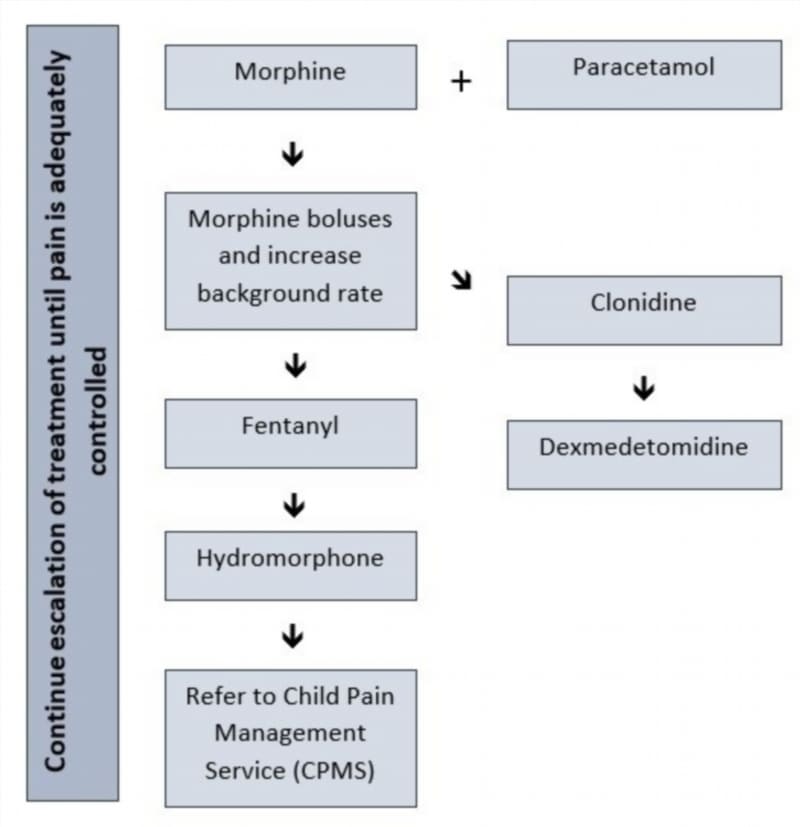The Morphine Quandary: More than Just Pain Relief

Morphine, a potent analgesic derived from the opium poppy, is the gold standard for managing severe pain. Its significance in medical practice cannot be overemphasized. However, the global accessibility of this essential medication is patchy at best. UBC students delved deep into this alarming issue, uncovering disparities and recommending feasible solutions.
A Quick Glance at Morphine’s Historical Roots

Derived from the sap of the opium poppy, morphine has been easing pain for centuries. Ancient civilizations, from the Mesopotamians to the Egyptians, recognized its potential. Fast forward a few millennia, and it’s a staple in modern pain management. But, like a double-edged sword, morphine’s potency brings with it the dark shadow of potential misuse.
Did you know? Morphine gets its name from Morpheus, the Greek god of dreams, which speaks volumes about its sedative properties!
The Global Divide: Who Gets Relief and Who Doesn’t?
Here’s a staggering fact: A whopping 80% of the world’s population has limited or no access to morphine. It’s like having a banquet in one room and a famine in the next. The majority of low and middle-income countries face significant barriers to accessing this pain-relieving marvel. But why?
- Regulatory Hurdles: Governments, wary of potential misuse, have stringent regulations that often limit the availability of morphine.
- Economic Constraints: Morphine isn’t necessarily expensive, but the infrastructure needed to administer and control it can be.
- Lack of Awareness: Believe it or not, many medical professionals in these countries aren’t even trained in palliative care or the use of opioids.
This divide doesn’t just represent a lack of medication; it embodies a deep-seated inequity in global healthcare.
UBC’s In-Depth Exploration
Students from the University of British Columbia didn’t just scratch the surface; they dug deep, exploring the multifaceted issues surrounding morphine accessibility.
- Field Visits: By visiting countries with limited access, students firsthand witnessed the grim reality of patients suffering without adequate pain relief.
- Engaging with Experts: Interacting with healthcare professionals, they gleaned insights into the challenges faced on the ground.
- Statistical Analysis: Crunching numbers from the World Health Organization and other reputable sources, they painted a quantitative picture of the problem.
Their findings were eye-opening. Many patients in these countries, from accident victims to terminal cancer patients, endure agonizing pain, often seen as a grim but unavoidable reality.
Bridging the Gap: UBC’s Recommendations
It’s one thing to highlight a problem and another to offer solutions. And UBC students didn’t shy away from the latter. Here’s what they suggested:
- Streamlined Regulations: While it’s essential to guard against misuse, over-regulation can be more harmful than beneficial. A balanced approach is the need of the hour.
- Training Programs: Collaboration with international bodies to conduct training sessions for medical professionals in under-resourced countries.
- Awareness Campaigns: The general public, too, needs to be informed. After all, a well-informed community can push for change more effectively.
Looking to the Future: Hope on the Horizon?
The work of these UBC students sheds light on a pressing issue, but is there hope? Well, as the saying goes, “Where there’s a will, there’s a way.” With global collaborations, technological advancements, and a collective will to bridge the divide, a future where everyone, regardless of geographical location, can access essential pain relief is not just a dream.
Let’s leave you with a thought: Pain is universal. Shouldn’t relief be too?
References:






